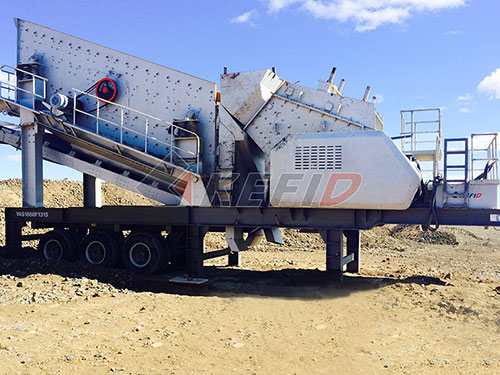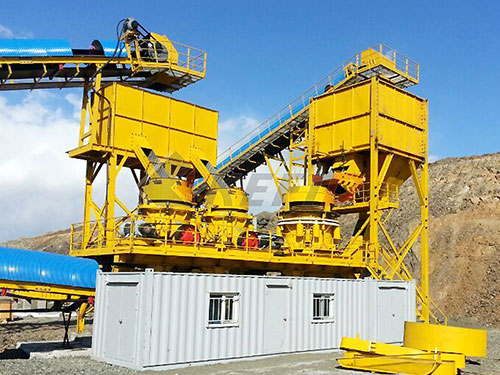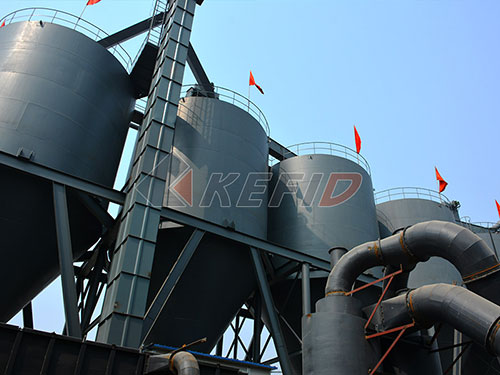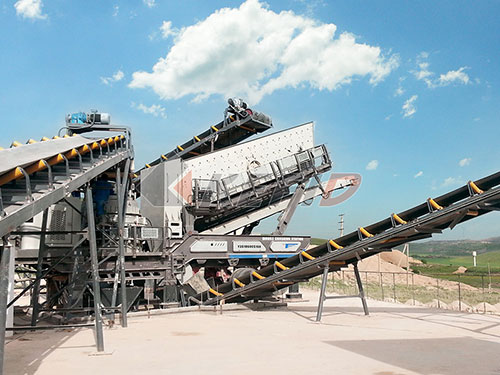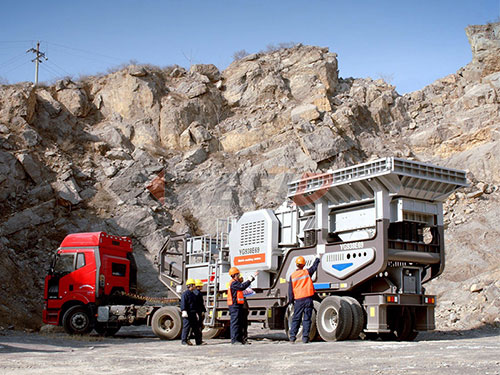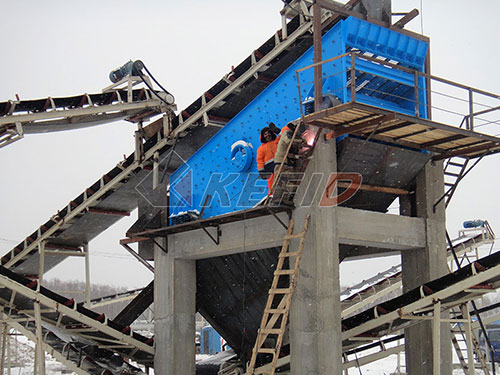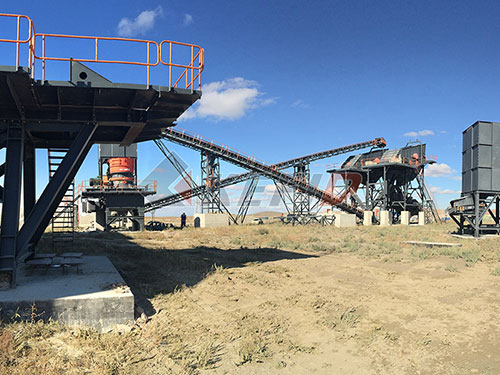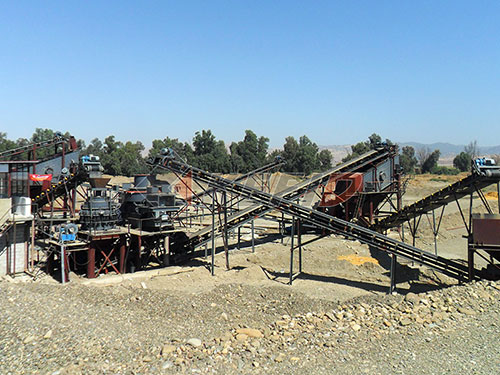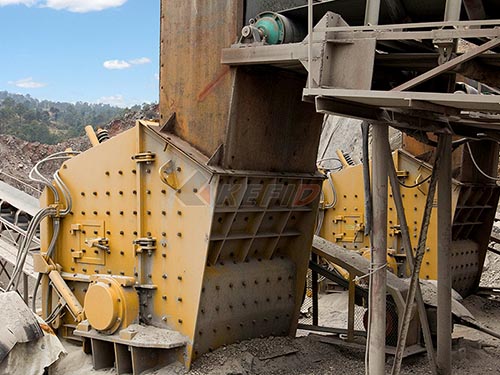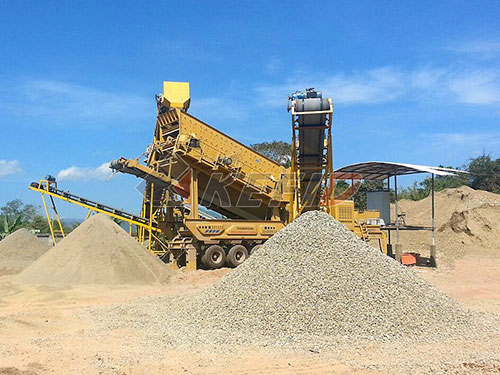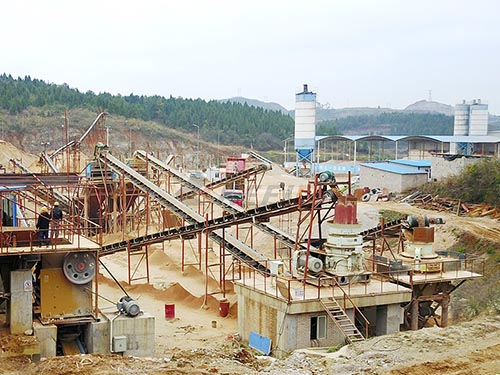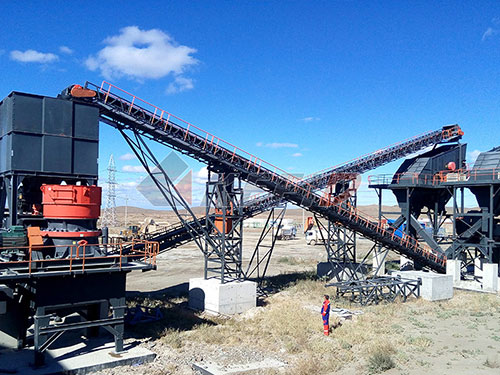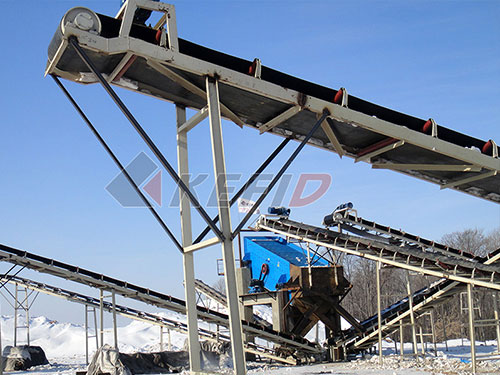The Critical Art of Crusher Maintenance: Ensuring Efficiency and Longevity
In the demanding worlds of mining, quarrying, aggregate production, and recycling, crushers stand as the muscular heart of operations. These robust machines tirelessly reduce massive rocks, ores, and concrete into manageable sizes. However, like any powerful engine subjected to immense stress and abrasive materials, crushers demand meticulous care. Perawatan Crusher – crusher maintenance – is not merely a recommended practice; it is an absolute necessity for operational efficiency, cost control, safety, and maximizing the return on this significant capital investment.
Why Crusher Maintenance is Non-Negotiable
Neglecting crusher maintenance is a costly gamble with severe consequences:
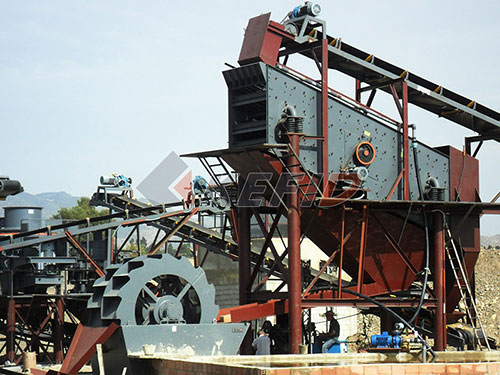
1. Catastrophic Failure: A sudden breakdown of critical components (eccentric shaft, bearings, main frame) leads to extensive downtime – often days or weeks – halting production entirely. Repair costs skyrocket.
2. Reduced Efficiency & Output: Worn liners (mantle/concaves/jaw plates), dull or damaged wear parts, misaligned components, or poor lubrication drastically reduce crushing capacity and product quality (poor shape/size distribution).
3. Increased Operating Costs: Inefficient crushing consumes more power. Frequent minor repairs and premature part replacements drain budgets faster than planned maintenance.
4. Safety Hazards: Loose components, worn structures, hydraulic leaks, or unexpected failures pose significant risks to personnel working near or on the equipment.
5. Shortened Equipment Lifespan: Continuous operation without proper care accelerates wear on major assemblies far beyond normal rates.
Pillars of Effective Crusher Maintenance (Perawatan Crusher)
A successful crusher maintenance strategy integrates several key approaches:
1. Preventive Maintenance (PM): The Foundation
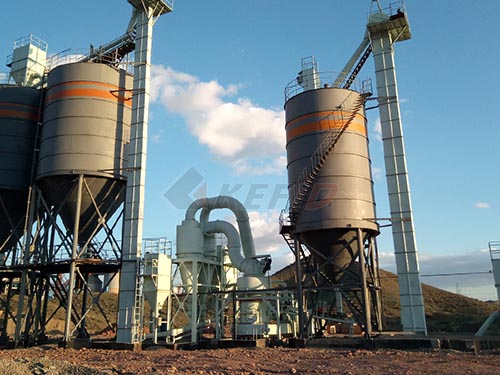
Scheduled Inspections: Daily walk-arounds checking for leaks (oil, grease, hydraulic fluid), unusual noises/vibrations, loose bolts/belts/guards.
Lubrication Management: Strict adherence to OEM lubrication schedules using the correct type and grade of lubricant. Regularly check grease levels in bearings and automatic lubrication systems; monitor oil levels and condition in gearboxes/hydraulics.
Wear Part Monitoring & Replacement: Regularly measure critical wear parts like jaw dies, cone mantles/concaves, impactor blow bars/aprons/liners. Replace them proactively based on wear limits before they fail catast
